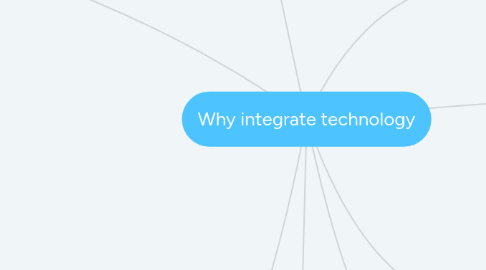
1. 21st century skills
1.1. creativity and innovation
1.2. communication and collaboration
1.3. critical thinking
1.4. research and information literacy
1.5. nonlinear thinking
1.6. visual literacy and thinking
1.7. spatial thinking
1.8. digital-age reflection
2. Standards are different
2.1. ISTE
2.1.1. Copyright and Fair Use
2.1.1.1. Students
2.1.1.1.1. 2. Digital Citizen c: demonstrate an understanding of and respect for the right...
2.1.1.1.2. 2. Digital Citizen b: Engage in positive, safe, legal and ethical behavior...
2.1.1.2. Educators
2.1.1.2.1. 3. Citizen c: Mentor students in the safe, legal, and ethical practices...
2.1.1.2.2. 3. Citizen a: Create experiences for learners to make positive, socially responsible...
2.1.1.2.3. 3. Citizen b: Establish a learning culture that promotes curiosity and critical examination....
2.1.2. Safe Use of the Internet
2.1.2.1. Students
2.1.2.1.1. 2. Digital Citizen a: cultivate and manage digital identity and reputation
2.1.2.1.2. 2 Digital Citizen d: Manage personal data to maintain digital privacy and security...
2.1.2.1.3. 2. Digital Citizen b: Engage in positive, safe, legal, and ethical behavior...
2.1.2.2. Educators
2.1.2.2.1. 3. Citizen a: Create experiences for learners to make a positive, socially responsible...
2.1.3. Cyber- Bullying
2.1.3.1. Students 2. Digital Citizen d. Manage your personal data to maintain digital privacy and security and are aware of data-collection technology used to track their navigation online a. Cultivate and manage their digital identity and reputation and are aware of the permanence of their actions in the digital world b. engage in safe, legal, and ethical behaviour...
2.1.3.2. Educators 4. Promote and Model a. Advocate, model, and teach safe, legal and ethical use of digital information and technology, including respect for copyright, intellectual property and the appropriate documentation of sources. c. Promote and model digital etiquette and responsible social interactions related to the use of technology and information
2.2. Ohio Standards
2.2.1. High School English
3. Teaching should be different
3.1. Professors Model technology integration in PTE
3.2. Good Model Technology integration for your students
3.3. Universal Design for Learning
3.3.1. 3 Principles
3.3.1.1. Multiple means of Representation (what)
3.3.1.2. Multiple means of engagement (why)
3.3.2. Why technology is important to UDL
3.3.2.1. Assisting Technologies
3.3.2.2. Accessibility
3.3.2.3. Online Resources
3.3.2.3.1. TechMatrix
3.3.2.3.2. Common Sense Media
4. Skills are Different
4.1. Critical Thinking
4.2. Visual Literacy and Visual Thinking
4.3. Spatial Thinking
4.4. Creativity and Innovation
4.5. Research and Information Literacy
4.5.1. Educators 4. Promote and Model a. Advocate, model, and teach safe, legal and ethical use of digital information and technology, including respect for copyright, intellectual property and the appropriate documentation of sources. c. Promote and model digital etiquette and responsible social interactions related to the use of technology and information
4.6. Nonlinear Thinking
4.6.1. Benefits of Multimedia
4.6.1.1. Students
4.6.1.1.1. Stimulates the Senses
4.6.1.1.2. Promotes Active Learning
4.6.1.1.3. Provides Practice in Using 21st Century Skills
4.6.1.1.4. Opportunities for Ethical Use of Technology
4.6.1.1.5. Enhances nonlinear thinking
4.6.1.2. Teachers
4.6.1.2.1. Helps Communicate Instructions
4.6.1.2.2. Provides practice in facilitating learning
4.6.1.2.3. Offers opportunities to differentiate instruction
5. the world is different-global
5.1. global competition
5.2. culturally sensitive
6. Students are different
6.1. Characteristics of Digital Students
6.1.1. Multitaskers
6.1.2. Always on or connected
6.1.3. Multimedia Orientated
6.1.4. Used to a stimulating enviroment
6.2. Different types of learners
6.2.1. Multiple Intelligences
6.2.2. Culture Ethnicity and Languages
6.2.3. Autism
6.2.4. ADD/ADHD
6.2.5. Learning Styles
6.2.6. At Risk
6.2.7. Gifted and Talented
6.2.8. Physical Disabilities
